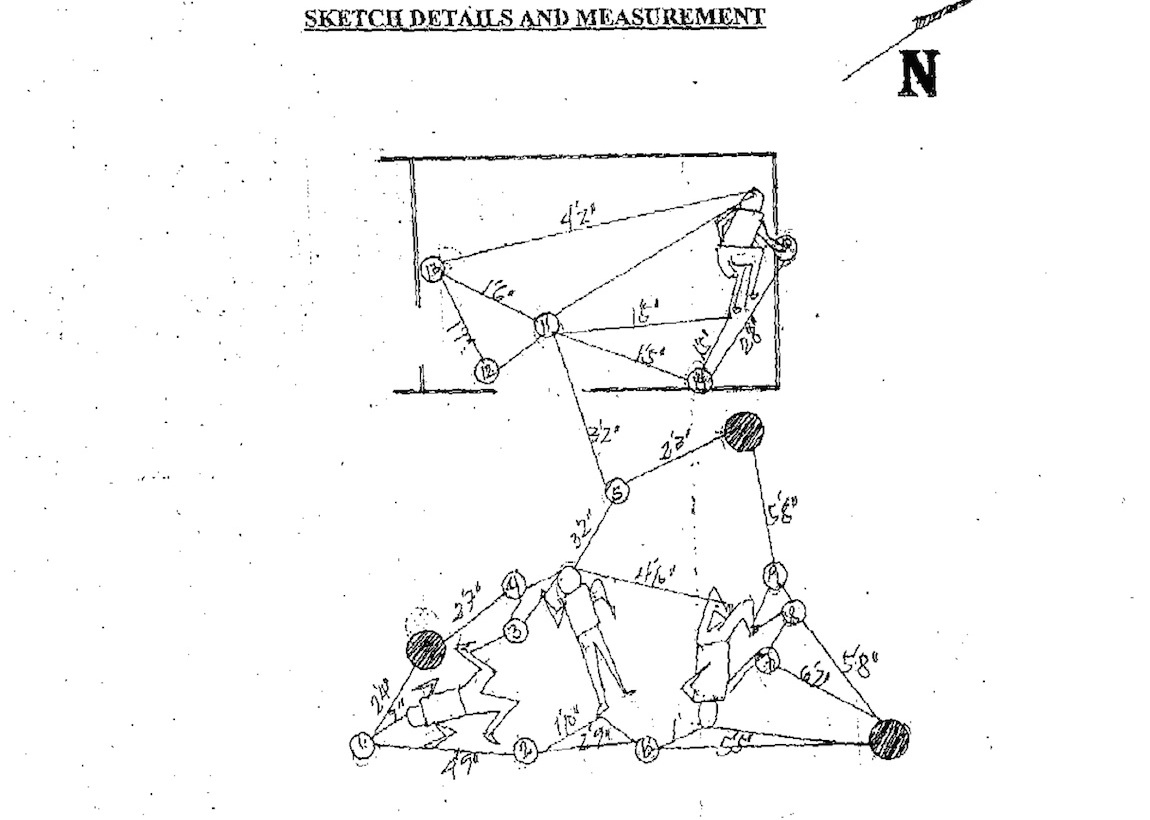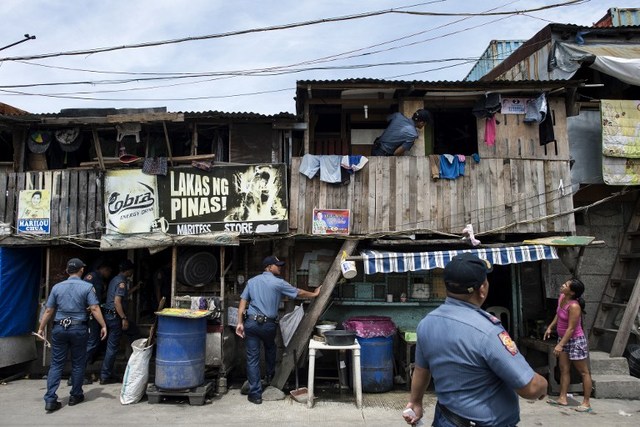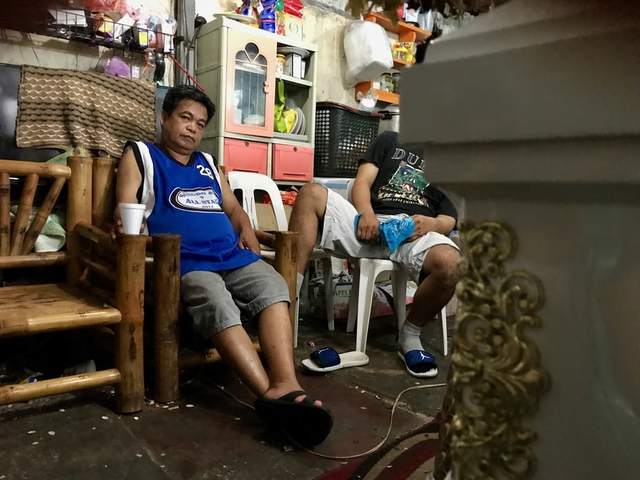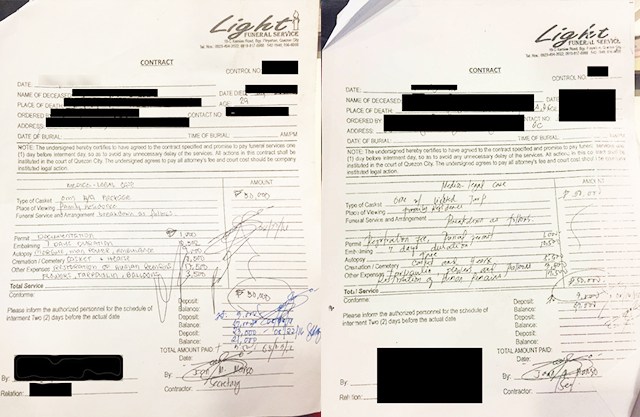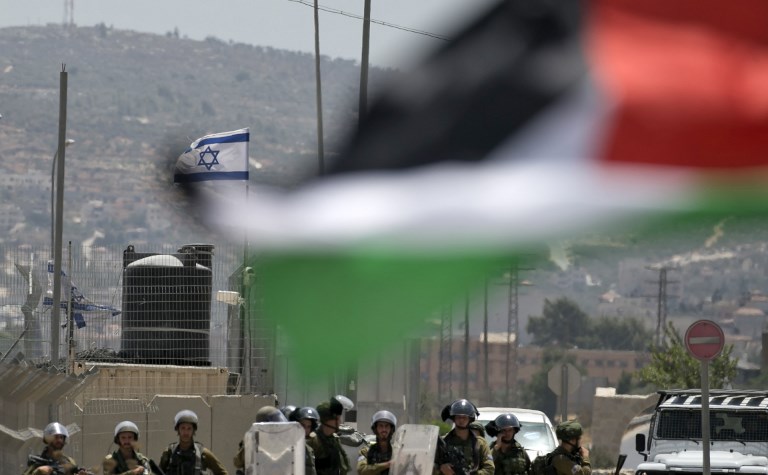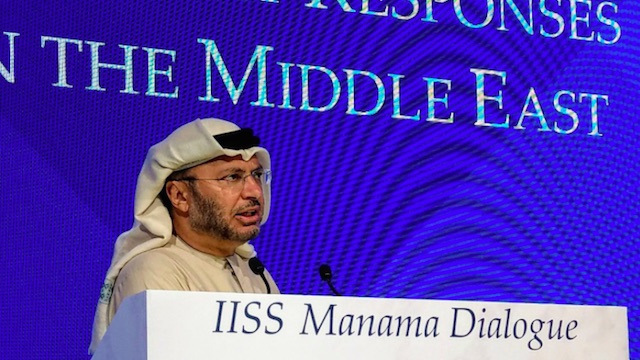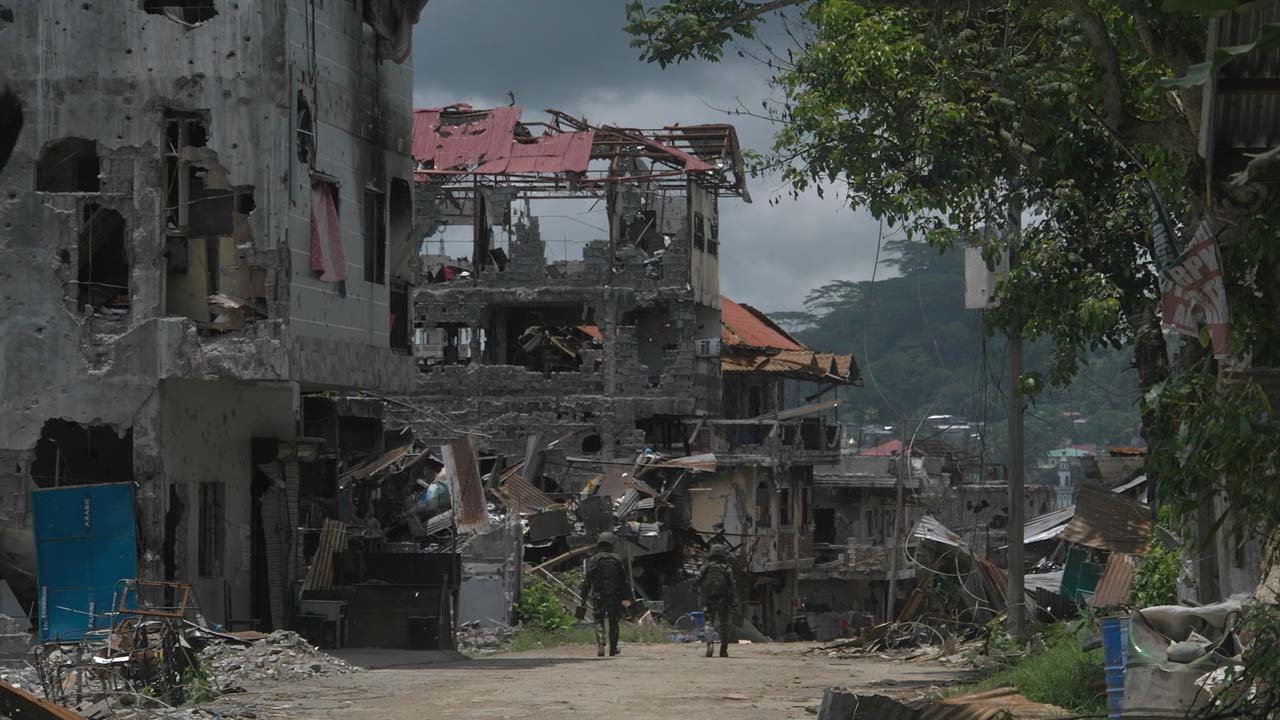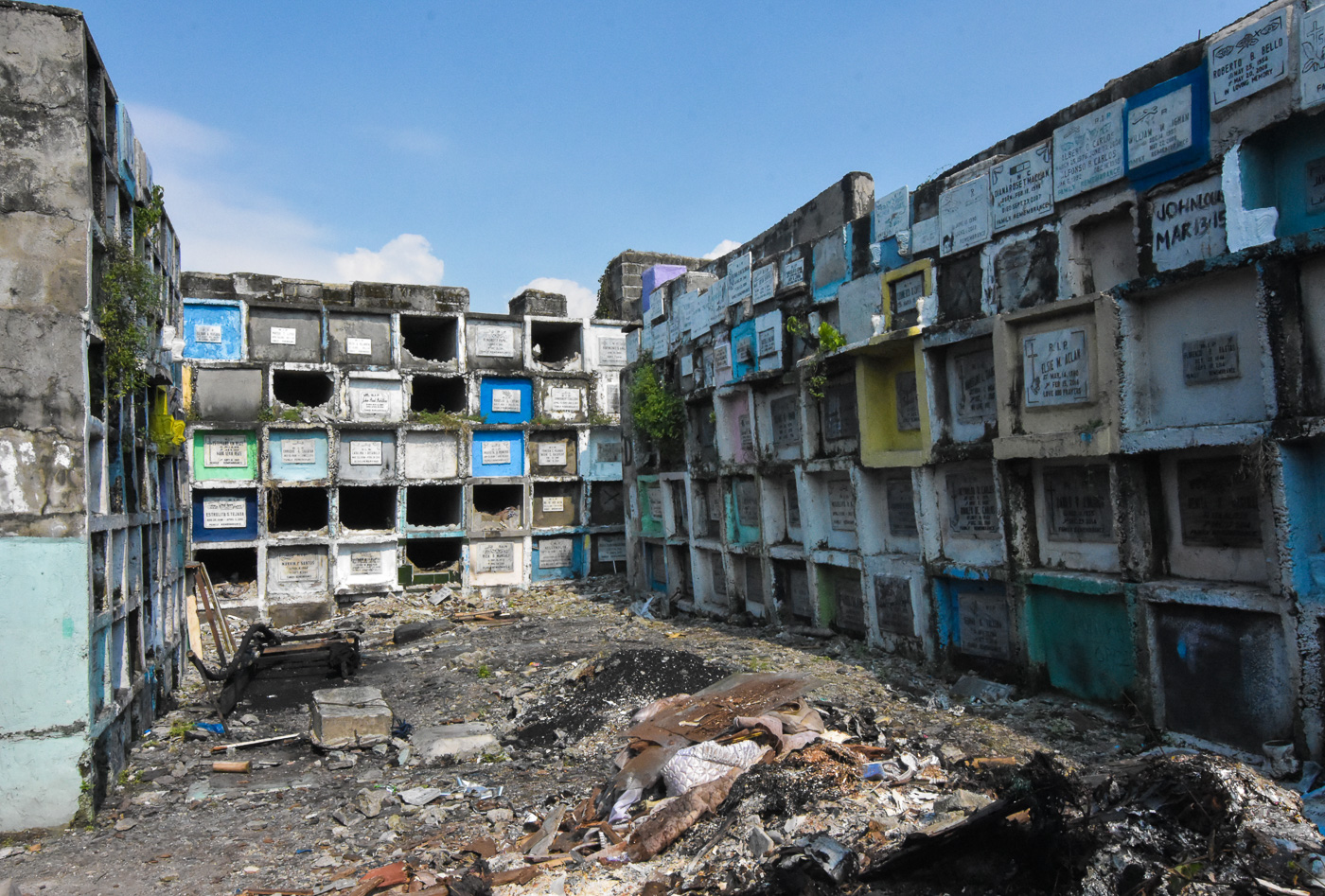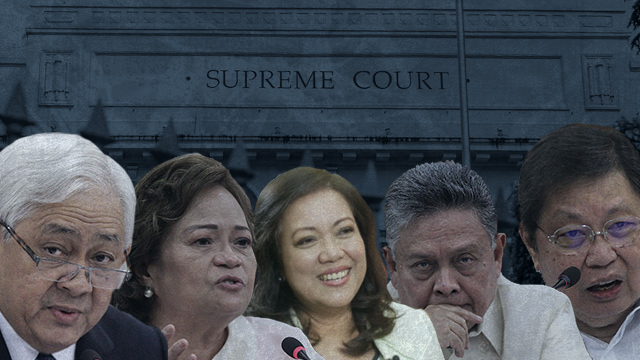
Supreme Court Chief Justice Maria Lourdes Sereno wanted to dispel notions that the forum was a show of force, but it was one in every respect.
She joined Ombudsman Conchita Carpio Morales on Wednesday, November 29, at a gathering of the Constitutional Fiscal Autonomy Group (CFAG) and told the room: “Hindi kami nagtipon-tipon dahil may problems o dinadaanang crisis ang ilan sa amin, noon pa po kaming 2013 nagkikita-kita.” (We didn’t meet today because there are problems or crises that some of us are facing, we have been meeting since 2013.)
But it was strong optics. Sereno is going through impeachment proceedings at the House of Representatives, while Morales also faces her own impeachment threat. Both of them have been challenged by President Rodrigo Duterte to resign together.
“I know it was not planned nor intended, but it has the effect of a show of force and solidarity among these institutions critical to our democracy,” said legal and political analyst Tony La Viña.
Sereno was Morales’ junior at the Supreme Court (SC).
“Justice Chit was my Division Chairperson, when I was just an Associate Justice she was chairing the 3rd Division. I cut my teeth from her mentorship. So I got some of her characteristics, I hope the positive ones,” Sereno said.
Sereno said she and Morales share the same sense of humor.
“That’s where we’re leading the men. Mas magaling ang sense of humor namin kaysa sa kanila. Palagay ko sila when they’re beleaguered, (We have a better sense of humor than them, I think that when they're beleaguered) you don’t see them cracking jokes as often as we do,” Sereno said.
Sereno teased Morales some more: “The Ombudsman is the wittiest and the sexiest person inside the room, bar none, daig kayo ng lola niyo (she's better than you)!”
Strong message
While Sereno has appeared playful, Morales has been uncharacteristically tight-lipped of late.
Whereas before she would go as far as telling the President, “Anong pakialam niya? (Why should he interfere?)” she would settle for a smile, and give reporters short statements like, “I note it” when asked to react to the President’s tirades.
But on Wednesday, she said quite defiantly: “The Ombudsman is not subject to the disciplinary authority of the President.”
This was said in the context of Duterte’s threats to have Morales and the entire Office of the Ombudsman investigated. The Office, led by Overall Deputy Ombudsman Arthur Carandang, is investigating a complaint regarding Duterte’s wealth.
Carandang also faces a complaint filed before the Office of the President, despite a Supreme Court ruling saying the President cannot remove an Ombudsman or the Deputy Ombudsmen.
Morales reminded everybody of checks and balances, saying that the country can benefit from a “necessary degree of hostility.”
“It is a bitter pill to swallow, but it is a pill nonetheless to avoid contracting the malady of tyranny,” she said.
Then she went further: “Groucho Marx satirically describes a tyrant whose mindset follows this certain credo: ’These are my principles, if you don’t like them, I can change them’ or worse ‘these are the laws, if I don’t like them, I can break them.'”
Constitutionalist Christian Monsod was there in the room too, and he didn't pass up the opportunity to chime in.
“The powers of the Ombudsman must surely make a president uncomfortable if he has “moist eyes” on being an autocrat, as my friend Rene Saquisag would say,” Monsod said.
War on drugs
Sereno, for her part, reiterated her message on the war on drugs.
During the first round of oral arguments in the SC on petitions seeking to declare unconstitutional the circulars relating to the war on drugs, Sereno seemed to be warning policemen about their liabilities.
She repeated that warning again in the forum: “At the end of the day, crimes will catch up with us, alam ba nila ho na maaaring kahit anong sabihin nila akala 'yun ang tama, hindi po yun magiging defense sa mga krimen na gawa ng ganitong klaseng gravidad.” (Are they aware that even if they say they thought that what they were doing was right, it will not stand as a defense for crimes of this gravity.)
She told the heads of the constitutional bodies, among them Chito Gascon of the Commission on Human Rights (CHR) and himself a subject of Duterte’s ire: “Ngayon ang panahon na kayo ay mag-shine, dapat tuunan, dapat tulungan.” (This is the time for you to shine, for people to take notice of you, for people to help you.)
But Gascon, though his CHR was threatened with a P1,000-budget at the House level, made it about Sereno and Morales again: “Ombudsman Conchita Carpio Morales will prevail, Chief Justice Maria Lourdes Sereno will prevail, and justice in this country will prevail."
Avengers or Suicide Squad?
The SC, Office of the Ombudsman, CHR, Commission on Audit, Civil Service Commission (CSC) and Commission on Elections (Comelec) make up the CFAG.
“The CFAG may not be Avengers of the Justice League, we may be the Suicide Squad,” joked Commissioner Christian Robert Lim, the acting chairman of the Comelec.
Of course the Comelec has had its own trials, with the impeachment and then resignation of its former chairman Andres Bautista, who is embroiled in a hidden wealth scandal.
But Sereno urged them to stay strong and reminded them of their powers.
She even called for reinforcement, as she urged Monsod to gather members of the 1986 Constitutional Commission to help them strengthen their mandates.
“Magsama-sama kayo, and ano po ba talaga ang correct description ng role nilang 5 ngayon sa system of checks and balances?” she said. (Come together and determine what is the correct description of roles of these 5 agencies when it comes to checks and balances.)
She added: “Kapag malakas ang laban ng CFAG agencies, malakas ang laban ng Pilipino.” (When the CFAG agencies are strong, the fight of the Filipino people is strong.)
So Sereno may claim it was just a routinary event, but still they made sure that whoever they were speaking with got their message. – Rappler.com







